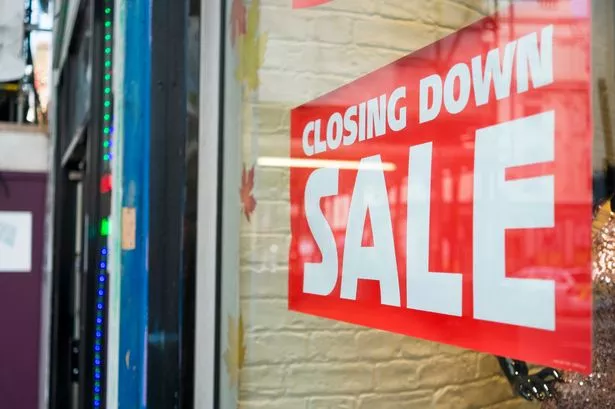New Look, a long-standing fixture on the UK high street, continues its significant structural overhaul with yet another store closure today, contributing to the staggering 32 outlets that have ceased operations in recent months. This aggressive contraction, exemplified by the June shutdowns of branches in Birmingham’s Northfield shopping centre and Corby’s Willow Place, underscores a profound transformation occurring within the broader retail landscape. The ongoing retrenchment signals the immense pressures confronting traditional fashion industry players as they navigate an increasingly volatile market.
These widespread store closures are not isolated incidents but rather symptomatic of deeper economic challenges reshaping consumer behaviour. A fundamental shift away from conventional brick-and-mortar shopping towards the convenience of online retail has significantly eroded footfall, compelling brands like New Look to re-evaluate their physical presence. Furthermore, escalating operational costs, including rents and business rates, coupled with squeezed profit margins, have rendered many physical locations financially unsustainable, prompting difficult decisions for a once-dominant high street brand.
The emotional toll of these closures is palpable within local communities, where long-established stores often serve as social anchors. The sentiment among shoppers ranges from sadness to outright frustration, as encapsulated by one individual’s poignant remark describing the situation as “madness.” This outcry highlights not only the diminishing physical shopping experience available to consumers but also the profound personal connection many feel to their local high street, watching its fabric unravel piece by piece.
New Look’s strategic downsizing is a microcosm of a much wider trend impacting the entire UK economy, particularly the retail sector. The continuous decline in brick-and-mortar commerce prompts critical questions regarding the long-term sustainability of conventional retail models in the digital age. Businesses are now faced with the urgent imperative to adapt, innovate, and redefine their value proposition to remain relevant in a rapidly evolving market, where experiential retail and seamless omnichannel integration are becoming paramount.
Industry analysts suggest that while such drastic measures are often a painful but necessary step towards achieving financial viability and ensuring the longevity of a brand, they carry significant implications beyond the balance sheet. The direct impact on employment figures and the overall vibrancy of town centres cannot be overstated. Consequently, a collaborative and strategic response is imperative, requiring both businesses and local authorities to work in concert to revitalize shopping districts and foster diversified economic ecosystems.
In this challenging environment, the future of the high street and its iconic fashion industry brands hinges on their agility and willingness to embrace fundamental change. New Look’s ongoing transformation serves as a stark reminder that survival in modern retail demands constant evolution, innovative strategies, and a keen understanding of ever-changing consumer demands, moving beyond traditional models to build a more resilient and integrated presence.
Discover more from The Time News
Subscribe to get the latest posts sent to your email.






